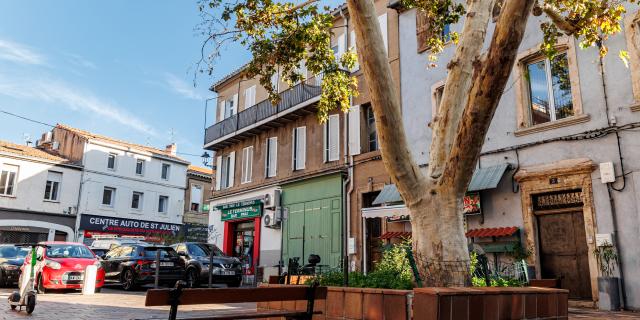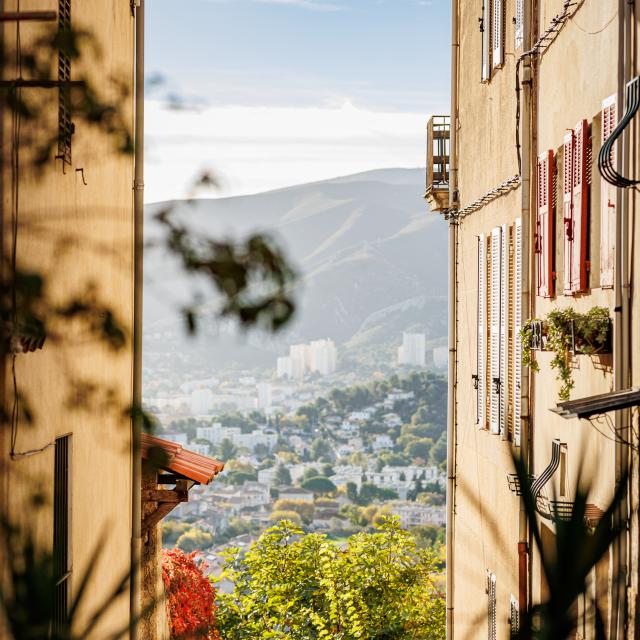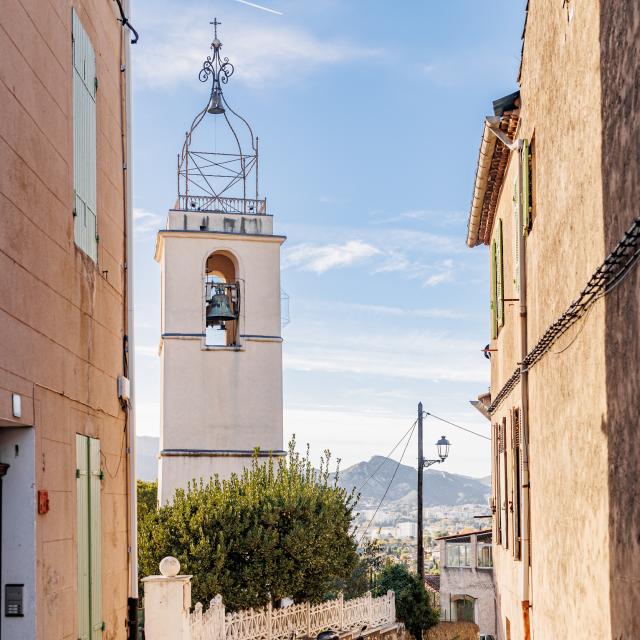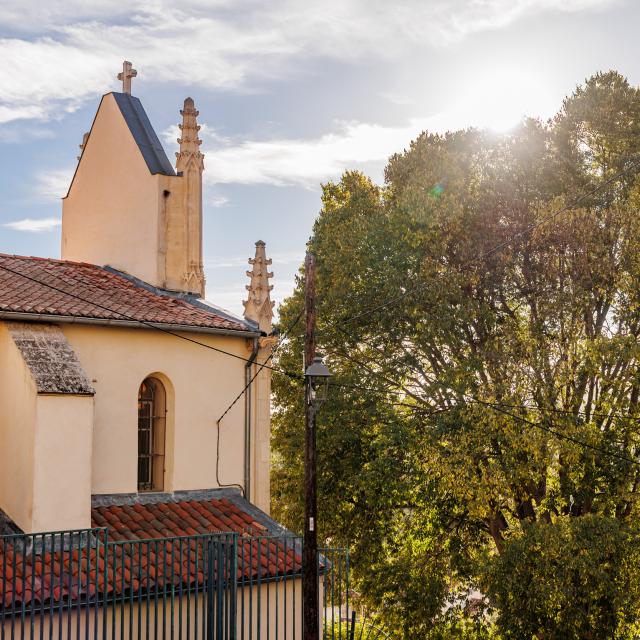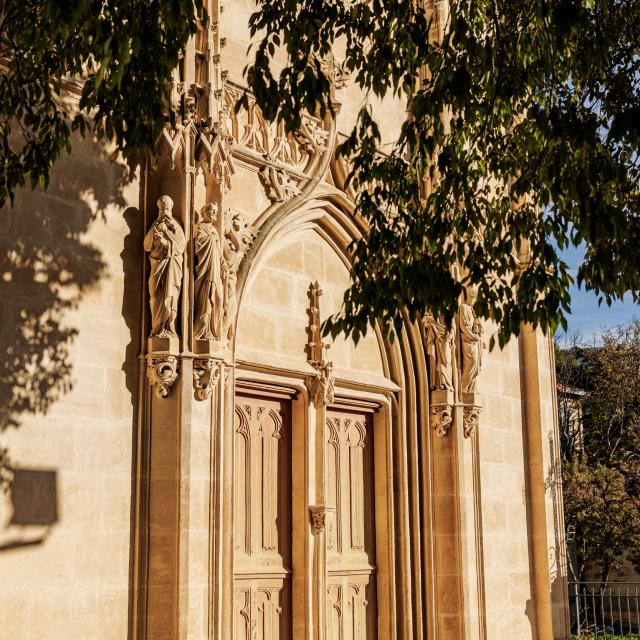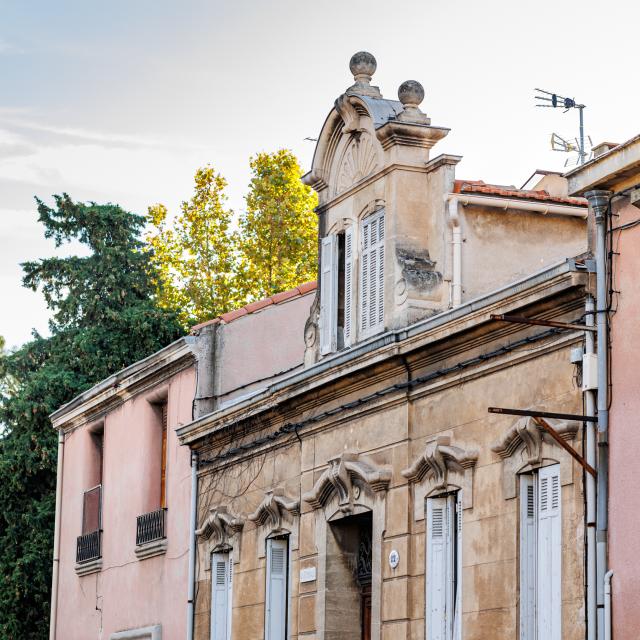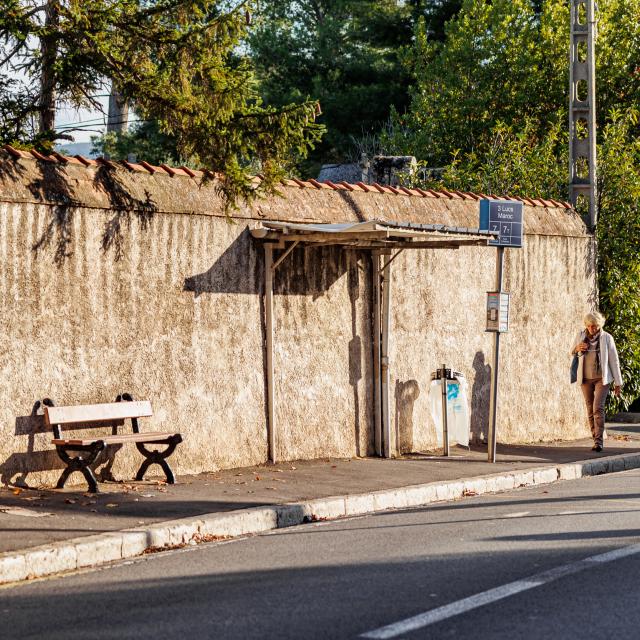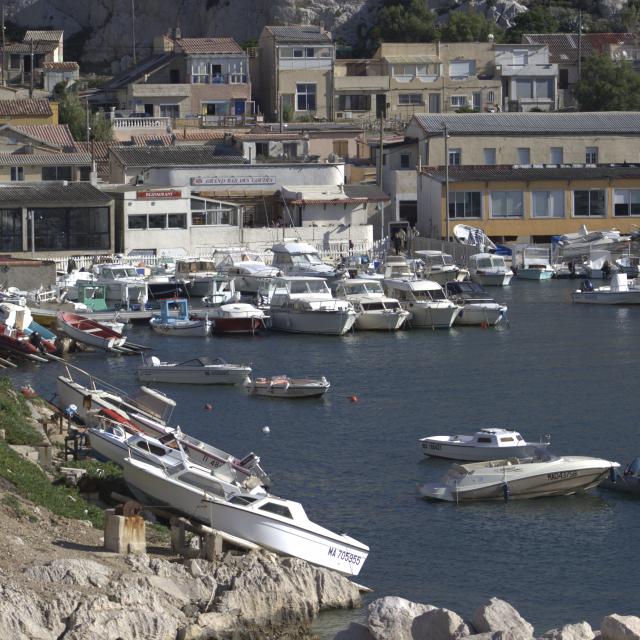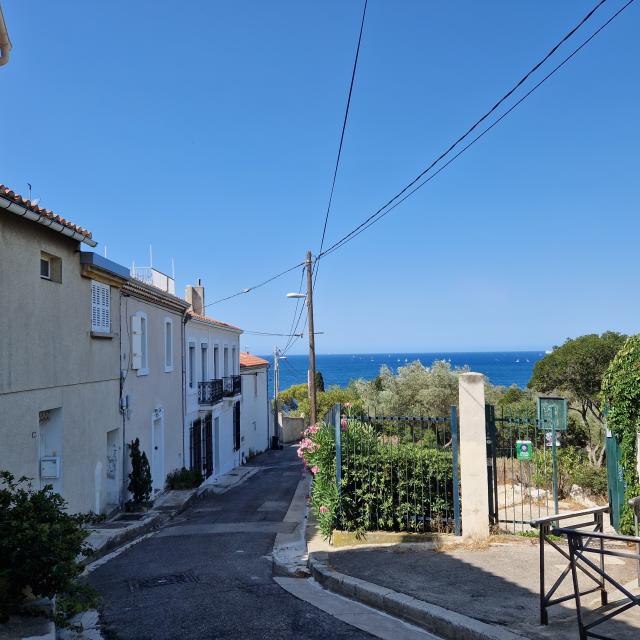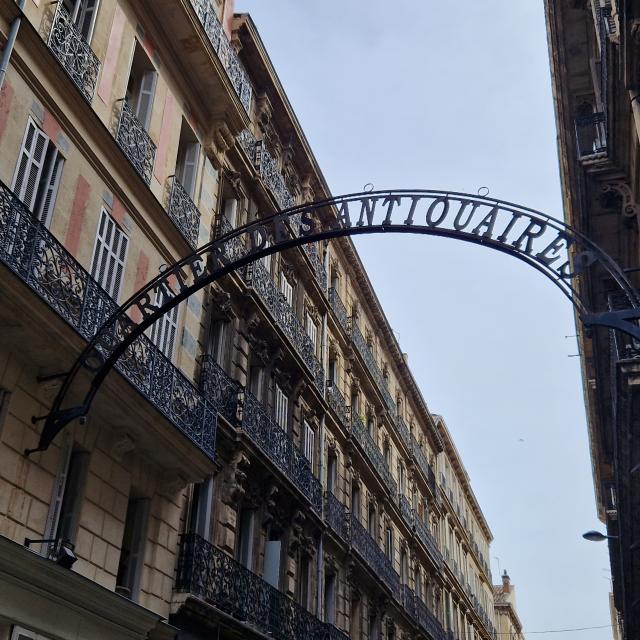A residential district in the 12th arrondissement
To the east of the city centre lies Saint-Julien, a district of Marseille’s 12th arrondissement perched at an altitude of 160 metres. Its neighbours are Caillols (to the south), Trois-Lucs (to the east), Montolivet (to the north-west) and Saint-Barnabé (to the west). The village core overlooking the Caillols depression has developed mainly around its church. The Canal de Marseille is a great place for nature walks, with interesting views over Marseille.
This residential area, with its few green spaces, is mainly made up of narrow, steep, pedestrianised streets. There are pavilions and small houses as well as large estates and bastides. Saint-Julien expanded to the north, around the Boulevard de la Comtesse and along the Saint-Barnabé/Allauch axis. The Beaumont district, to the west of the village, should be included in the official boundaries of Saint-Julien.
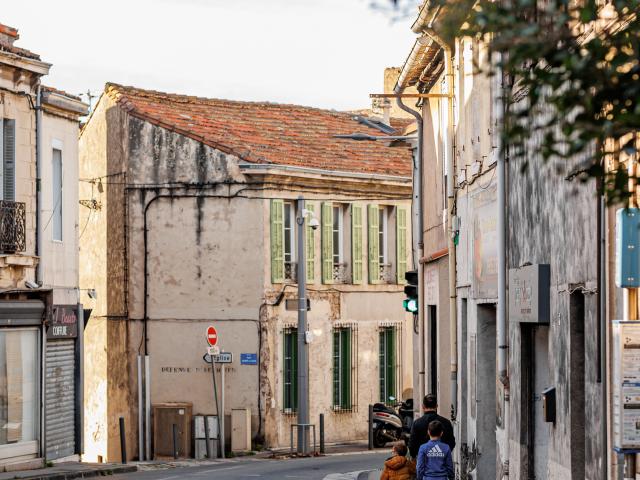 Saint Julienmassimomunicchi 4
Saint Julienmassimomunicchi 4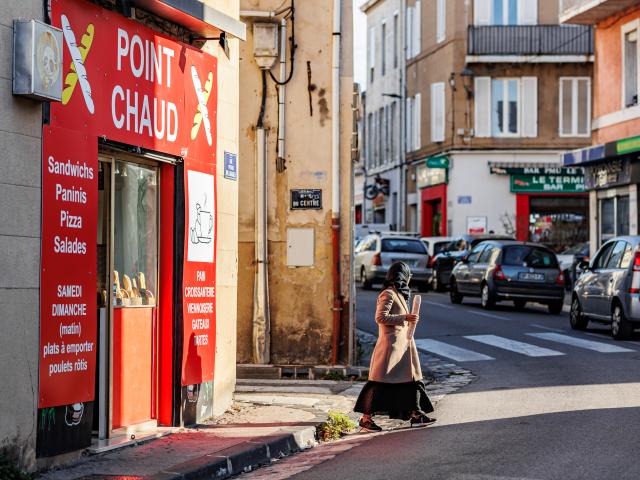 Saint Julienmassimomunicchi 12
Saint Julienmassimomunicchi 12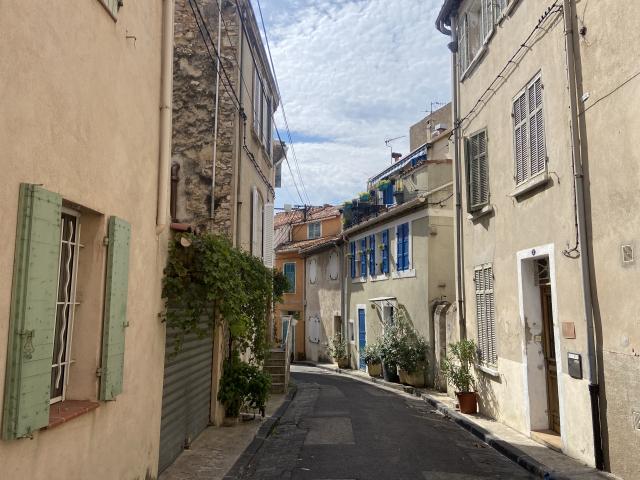 St Julien 12th @ctomtcm 54
St Julien 12th @ctomtcm 54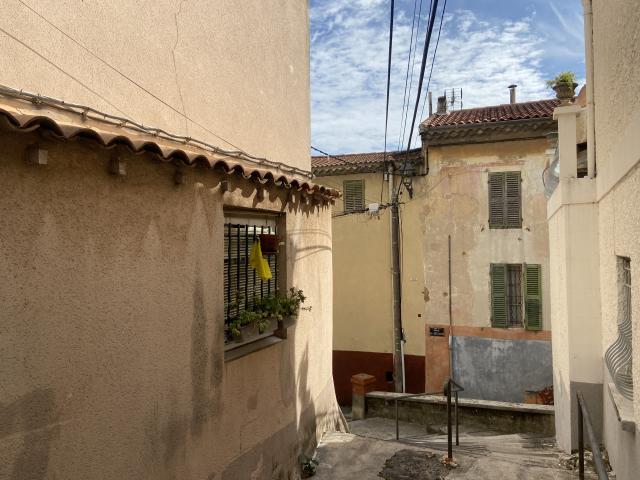 St Julien 12th @ctomtcm 51
St Julien 12th @ctomtcm 51